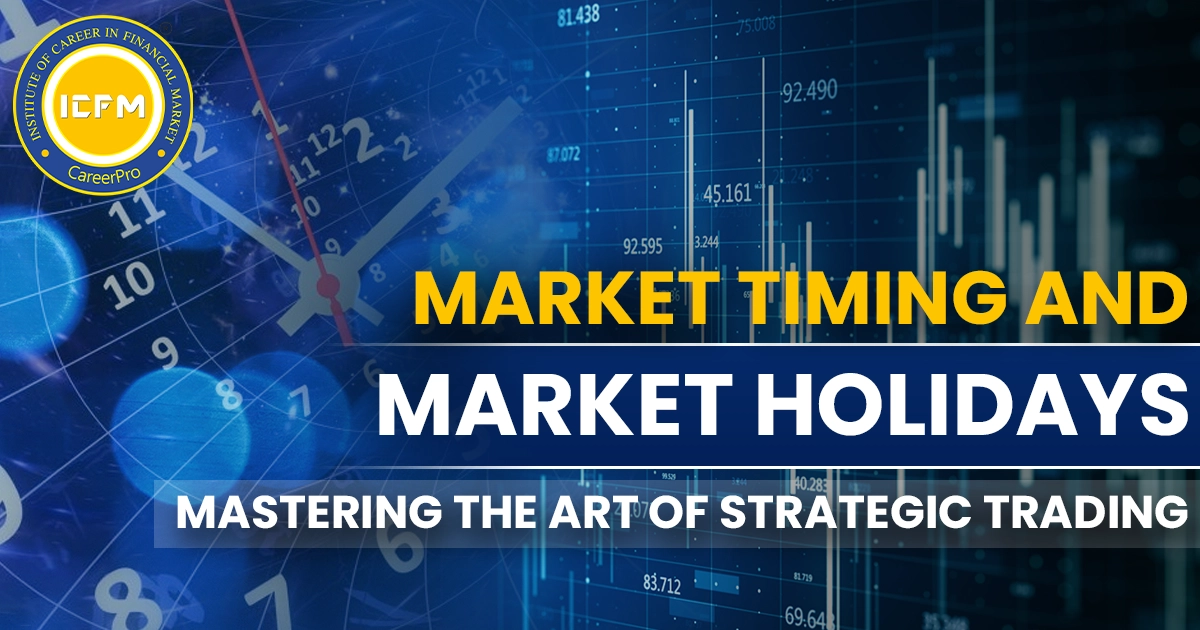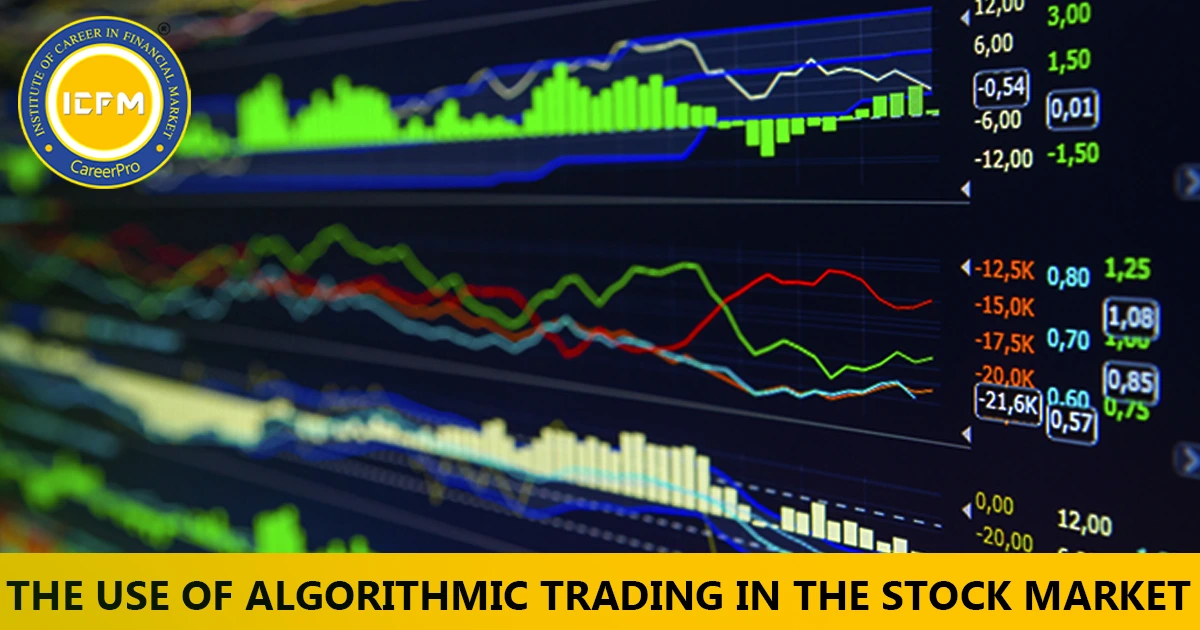Market timing is a crucial strategy employed by investors to make informed decisions about the buying and selling of securities. It involves predicting future market movements by analyzing historical price data, economic indicators, and other relevant information. The primary goal of market timing is to capitalize on the optimal entry and exit points in the market to maximize returns and minimize risks.
Effective market timing requires a deep understanding of market trends, cycles, and patterns. Investors who master market timing can significantly enhance their portfolio performance. However, it is essential to recognize that market timing is not foolproof, and even the most seasoned investors can face challenges in accurately predicting market movements.
The Importance of Economic Indicators
Economic indicators play a vital role in market timing. These indicators provide valuable insights into the health of the economy and help investors gauge the potential direction of the market. Some of the key economic indicators include:
- Gross Domestic Product (GDP): A measure of the total economic output of a country. A growing GDP typically indicates a healthy economy, which can positively impact the stock market.
- Unemployment Rate: The percentage of the labour force that is unemployed. A low unemployment rate suggests a strong job market and economic stability.
- Inflation Rate: The rate at which the general price level of goods and services is rising. Moderate inflation is usually seen as a sign of economic growth, while high inflation can erode purchasing power.
- Interest Rates: The cost of borrowing money. Lower interest rates can stimulate economic activity by making borrowing cheaper, which can boost stock prices.
By closely monitoring these and other economic indicators, investors can make more informed decisions about when to enter or exit the market.
Market Holidays: Impact on Trading and Investment Strategies
Market holidays are days when stock exchanges and financial markets are closed for trading. These holidays can have a significant impact on trading volumes, market liquidity, and overall market sentiment. Understanding the implications of market holidays is essential for developing effective trading and investment strategies.
Major Market Holidays Around the World
Different countries observe various market holidays based on their cultural, religious, and national events. Some of the major market holidays around the world include:
- New Year's Day: Celebrated on January 1st, this holiday marks the beginning of the new year and is observed by most countries.
- Good Friday: A Christian holiday observed on the Friday before Easter Sunday. It is a public holiday in many countries and often results in market closures.
- Independence Day: Celebrated on different dates depending on the country, this holiday commemorates a nation's independence and is typically a market holiday.
- Christmas Day: Celebrated on December 25th, Christmas is a major holiday in many countries and often results in market closures.
- Labour Day: Observed on different dates worldwide, this holiday honours the contributions of workers and is a common market holiday.
Impact of Market Holidays on Trading
Market holidays can affect trading in several ways:
- Reduced Trading Volumes: Market holidays often result in lower trading volumes as many investors and traders take a break. Lower volumes can lead to increased volatility and wider bid-ask spreads.
- Market Gaps: Due to the absence of trading, market holidays can create gaps in price charts, which can impact technical analysis and trading strategies.
- Delayed Settlement: Transactions made immediately before a market holiday may experience delays in settlement, affecting the timing of funds availability.
Traders and investors need to be aware of these impacts and adjust their strategies accordingly to mitigate potential risks.
Strategies for Market Timing and Navigating Market Holidays
Technical Analysis
Technical analysis involves studying historical price and volume data to identify patterns and trends that can indicate future market movements. Key tools and techniques used in technical analysis include:
- Moving Averages: Calculating the average price of a security over a specific period to identify trends.
- Relative Strength Index (RSI): A momentum oscillator that measures the speed and change of price movements to determine overbought or oversold conditions.
- Fibonacci Retracement: Using horizontal lines to indicate areas of support or resistance at the key Fibonacci levels before the price continues in the original direction.
By using these tools, investors can gain insights into potential entry and exit points and make more informed decisions about their trades.
Fundamental Analysis
Fundamental analysis involves evaluating a company's financial health, management quality, competitive position, and overall industry conditions. Key aspects of fundamental analysis include:
- Earnings Reports: Analyzing a company's quarterly and annual earnings reports to assess its financial performance.
- Revenue Growth: Examining the growth rate of a company's revenue to determine its potential for future growth.
- Debt Levels: Assessing a company's debt levels to evaluate its financial stability and risk.
Combining fundamental analysis with technical analysis can provide a comprehensive view of a company's potential and help investors make better-informed decisions.
Risk Management
Effective risk management is crucial for successful market timing and navigating market holidays. Key risk management strategies include:
- Diversification: Spreading investments across different asset classes, sectors, and geographic regions to reduce risk.
- Stop-Loss Orders: Setting predetermined price levels at which an investor will sell a security to limit losses.
- Position Sizing: Determining the appropriate amount of capital for each trade based on risk tolerance and market conditions.
By implementing these risk management strategies, investors can protect their portfolios from significant losses and enhance their overall returns.
Conclusion
Mastering market timing and understanding the impact of market holidays are essential components of a successful trading and investment strategy. Investors can make informed decisions that enhance their portfolio performance by leveraging economic indicators, technical and fundamental analysis, and effective risk management techniques. Awareness of major market holidays and their potential effects on trading can help investors navigate the market more effectively.
FAQ
1. What is the art of market timing?
When properly understood as trading based on conditional expectations rather than forecasting, market timing can be an effective strategy for generating superior risk-adjusted returns.
2. Is market timing a good strategy?
Bottom line. A popular expression in personal finance communities is, “time in the market beats timing the market.” Timing the market can be tempting, but it's not a viable long-term strategy for most investors.
3. What is market timing risk?
Timing risk is the speculation that an investor engages in when trying to buy or sell a stock based on future price predictions. It explains the potential for missing out on beneficial price movements due to an error in timing.
4. What are market timing procedures?
Study Long-Term Cycles.
• Watch the Calendar.
• Ranges That Set up New Trends.
• Buy Near Support Levels.
• Build Bottom-Fishing Skills.
• Identify Correlated Markets.
• Hold Until It's Time to Sell.
• The Bottom Line.









